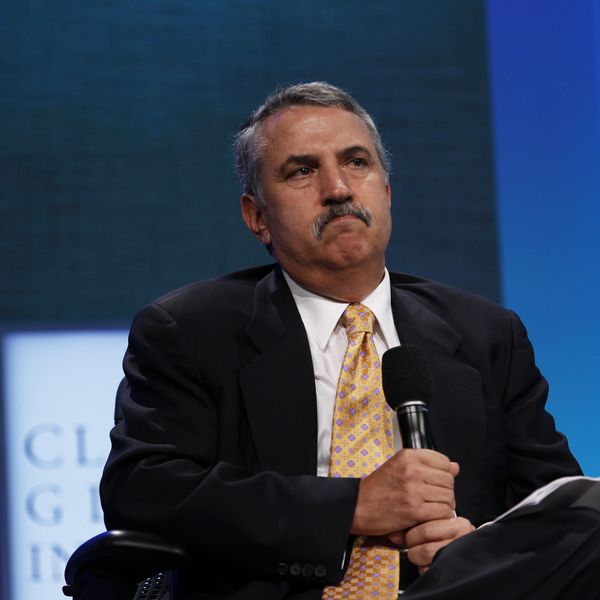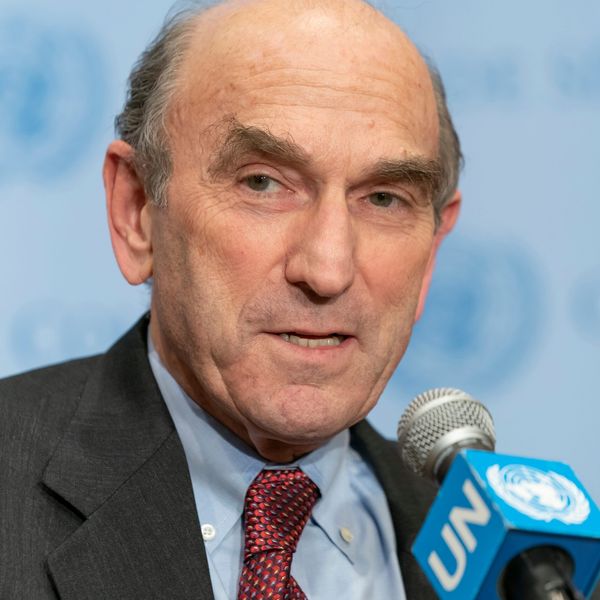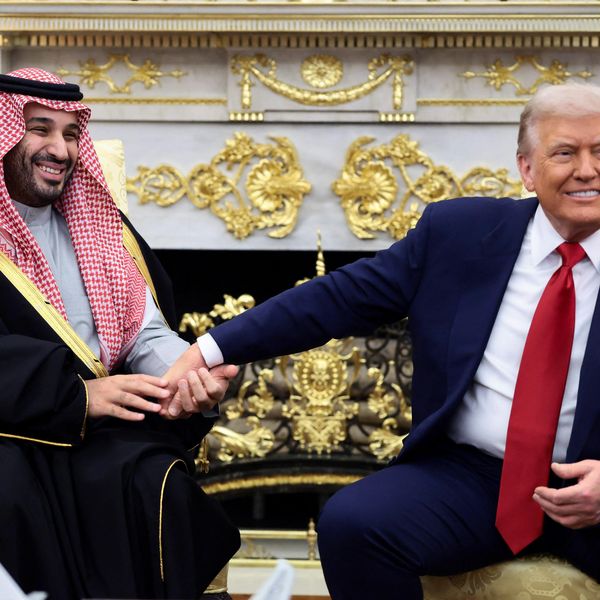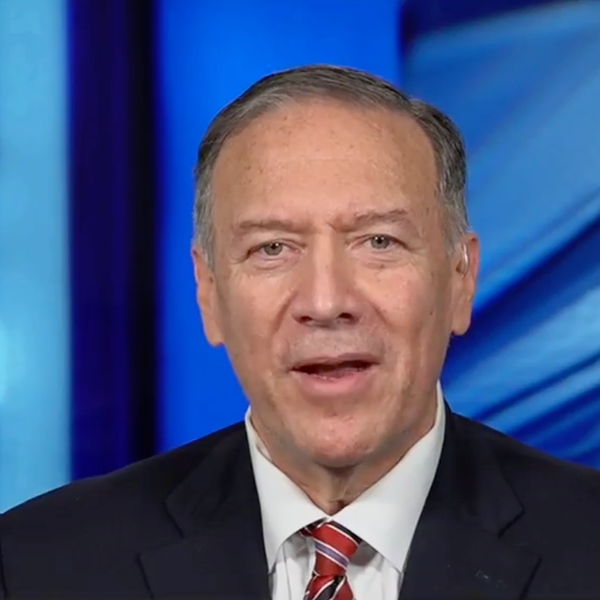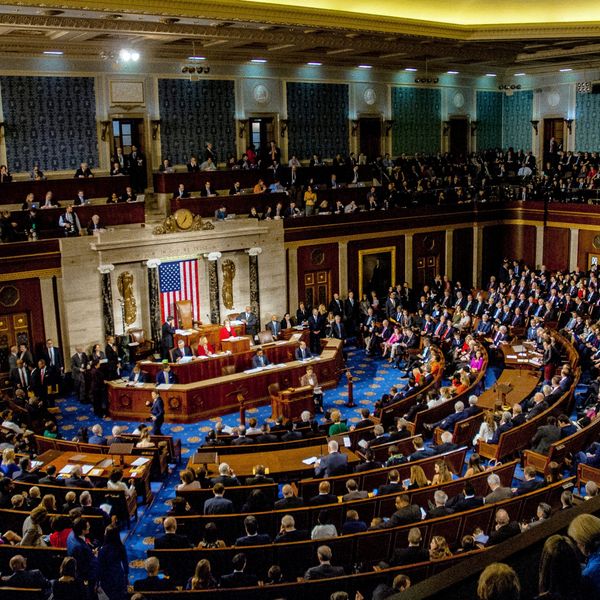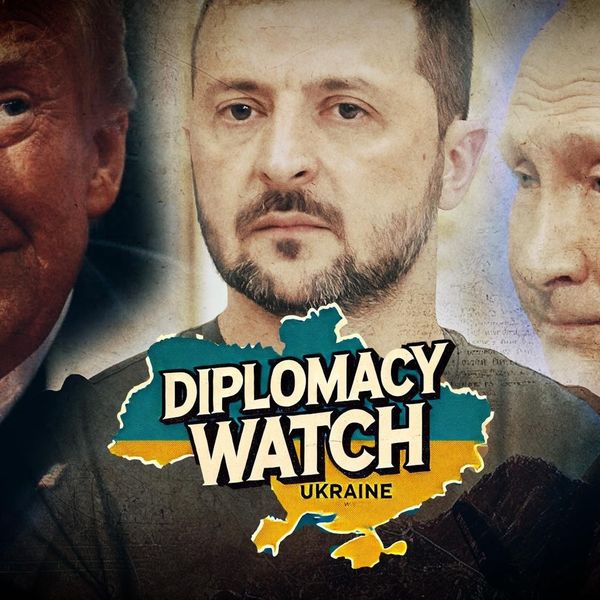During the Trump era, America increasingly seems like a motley collection of states brought together for reasons of territorial contiguity and little else.
The conservative South is ravaged by a pandemic. The liberal Northeast waits patiently for elections in November to oust a tyrant. A rebellious Pacific Northwest faces off against federal troops sent to “restore order.” The Farm Belt, the Rust Belt, and the Sun Belt are like three nations divided by a common language.
The European Union, on the other hand, really does consist of separate countries: 27 of them. The economic gap between Luxembourg and Latvia is huge, the difference in median household income even larger than that between America’s richest and poorest states (Maryland and West Virginia).
European countries have gone to war with each other more recently than the American states (a mere 25 years ago in the case of former Yugoslavia). All EU members are democracies, but the practice of politics varies wildly from perpetually fragmented Italy to stolid Germany to ever-more illiberal Hungary.
Despite these economic and political differences, the EU managed last week to perform a miracle of consensus. After 90 hours of discussion, EU leaders hammered out a unified approach to rebuilding the region’s post-pandemic economy.
The EU is looking at an 8.7 percent economic contraction for 2020. But the pandemic clearly hit some parts of the EU worse than others, with Italy and Spain suffering disproportionately. Greece remains heavily indebted from the 2008-2009 financial crisis. Most of Eastern Europe has yet to catch up to the rest of the EU. If left to themselves, EU members would recover from the current pandemic at very different rates, and several might not recover at all.
That’s why last week’s deal is so important. The EU could have helped out its struggling members by extending more loans, which was basically the approach after 2009. This time around, however, the EU is providing almost half of the money in the new Recovery Fund — $446 billion — in grants, not loans. The $1.3 trillion budget that European leaders negotiated for the next seven years will keep all critical EU programs afloat (like the European Structural and Investment funds that help bridge the gap between the wealthier and the less wealthy members).
Sure, there were plenty of disagreements. The “frugal four” of the Netherlands, Denmark, Austria, and Sweden argued down the amount of money allocated to the grant program and the budget numbers overall. Germany has often sided with the frugal faction in the past, but this time Chancellor Angela Merkel played a key role in negotiating the compromise. She also managed to bribe Hungary and Poland to support the deal by taking “rule of law” conditionality off the table. Both countries have run afoul of the EU by violating various rule-of-law norms with respect to media, judiciary, and immigration. Yet both countries will still be able to access billions of dollars from the Recovery Fund and the overall budget.
Until recently, the EU seemed to be on the brink of dissolution. The UK had bailed, Eastern Europe was increasingly authoritarian, the southern tier remained heavily in debt, and the pandemic was accelerating these centrifugal forces.
But now it looks as the EU will spin together, not spin apart.
The United States, on the other hand, looks ever more in disarray. As Lucrezia Reichlin, professor of economics at London Business School, put it, “Despite being one country, the U.S. is coming out much more fragmented than Europe.’’
The coming storm
The Trump administration has been all about restarting the U.S. economy. Trump was reluctant to encourage states to lock down in the first place. He supported governors and even armed protestors demanding that states reopen prematurely.
And now that the pandemic has returned even more dramatically than the first time around, the president is pretending as though the country isn’t registering over 60,000 new infections and over a thousand deaths every day. Trump was willing to cancel the Florida portion of the Republican Party convention for fear of infection, but he has no problem insisting that children hold the equivalent of thousands of mini-conventions when they return to school.
Europe, which was much more stringent about prioritizing health over economy, is now pretty much open for business.
The challenge has been summer tourism. Vacationers hanging out on beaches and in bars are at heightened risk of catching the disease and bringing it home with them. There have been some new outbreaks of the disease in Catalonia, an uptick in cases in Belgium and Netherlands, and a significant increase in infections in Romania. Belgium is already re-instituting restrictions on social contacts. Sensibly, a number of European governments are setting up testing sites for returning tourists.
The EU is determined not to repeat what’s going on in Florida, Texas, and California. It is responding in a more deliberate and unified way to outbreaks leading to an average of 81 deaths a day than the United States is responding as a whole to a very nearly out-of-control situation producing more than 900 deaths a day.
The United States isn’t just facing a deadly resurgence of the pandemic. Various economic signals indicate that the so-called “V-shaped recovery” — much hyped by the Trump administration — is just not happening. More people are again filing for unemployment benefits. People are reluctant to go back to restaurants and hang out in hotels. The business sector in general is faring poorly.
“The sugar rush from re-openings has now faded and a resurgence of domestic coronavirus cases, alongside very weak demand, supply chain disruptions, historically low oil prices, and high levels of uncertainty will weigh heavily on business investment,” according to Oren Klachkin, lead U.S. economist at Oxford Economics in New York.
The Organization of Economic Cooperation and Development (OECD) released a report earlier this month that offered two potential scenarios for the U.S. economy through the end of the year. Neither looks good. The “optimistic scenario” puts the unemployment rate at the end of 2020 at 11.3 percent (more or less what it is right now) and an overall economic contraction of 7.3 percent. According to the pessimistic scenario, the unemployment rate would be nearer to 13 percent and the economic contraction at 8.5 percent.
Much depends on what Congress does. The package that Senate Republicans unveiled this week is $2 trillion less than what the Democrats have proposed. It offers more individual stimulus checks, but nothing for states and municipalities and no hazard pay for essential workers.
Unemployment benefits expired last week, and Republicans would only extend them at a much-decreased level. Although Congress will likely renew the eviction moratorium that expires at the end of this month, some landlords are already trying to kick out renters during the gap. The student loan moratorium affecting 40 million Americans runs out at the end of September.
The only sign of economic resurgence is the stock market, which seems to be running entirely on hope (of a vaccine, or a tech-led economic revival). At some point this irrational exuberance will meet its evil twin, grim reality.
The Europeans are preparing the foundation for precisely the V-shaped recovery that the United States, at the moment, can only dream about.
The transatlantic future
What does a world with a stronger Europe and a weaker America look like?
A stronger Europe will no longer have to kowtow to America’s mercurial foreign policy. Take the example of the Iran nuclear deal, which the Obama administration took the lead in negotiating. Trump not only cancelled U.S. participation, he threatened to sanction any actors that continued to do business with Iran. Europe protested and even set up its own mechanisms to maintain economic ties with Tehran. But it wasn’t enough. Soon enough, however, the United States won’t have the economic muscle to blackmail its allies.
The EU has certainly taken a tougher stance toward China over the last couple years, particularly on economic issues. But in its negotiations with Beijing, the EU has also put far greater emphasis on cooperation around common interests. As such, expect the EU to take full advantage of U.S. decline to solidify its position in an East Asian regional economy that recovers far more quickly from the pandemic than pretty much anywhere in the world.
Europe is also well-positioned to take the lead on climate change issues, which the United States has forfeited in its four years of catastrophic backsliding under Trump. As part of its new climate pact, the EU has pledged to become carbon-neutral by 2050. The European Commission is also considering a radical new idea: a carbon tax on imports. In the future, if you want to be competitive in selling your products in the European market, you’ll have to consider the carbon footprint of your operation.
Of course, the EU could do better. But compared to the United States or Russia or China, it’s way out in front.
The European Union is not a demilitarized space. It has a very mixed record on human rights conditionality. And its attitudes toward immigration range from half-welcoming to downright xenophobic.
But let’s say that Europe emerges from this pandemic with greater global authority, much as the United States did after World War II. A lot of Americans, and most American politicians, will bemoan this loss of status. But a world led by a unified Europe would be a significantly better place than one mismanaged by a fragmented United States.
This article has been republished with permission from Foreign Policy in Focus.











